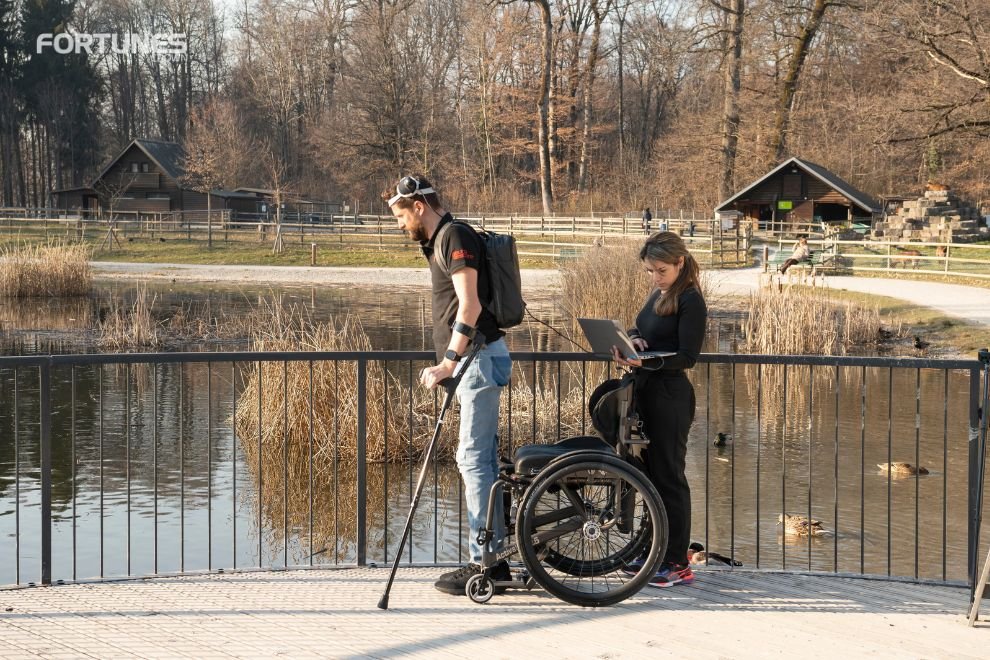It has always been a serious issue when there is a notable injury to the spinal cord. The spinal cord needs to be intact for the body to control movements. Until now, no such solutions have been found for the unfortunate injuries that happen to the spinal cord.
Because of the new discovery, a man who was paralysed from 2011, has now been able to walk. This incredible feat was achieved with implants in his brain and spinal cord.
The Patient’s Journey
Gert-Jan Oskam, a 40-year-old from the Netherlands, had an unfortunate accident that changed his course of life. The accident severely damaged his spinal cord, leaving him paralyzed. Doctors also held no hope and told him the unfortunate news, that he’ll never be able to walk again.
Until the discovery that could change his life for the better, researchers used implants that were situated at the spinal cord to help Oskam. The implants work on capturing his thoughts and implement them into spinal cord stimulation to establish connectivity. This re-stimulates voluntary movement.
Achieving Natural Control
The technology essentially allows him to have natural control over his leg movements. He can now stand, walk, climb stairs, and even traverse complex terrain. It can also be noted that He can walk more than 330 feet at once and stand for several minutes without support.
He expresses his gratitude and a life-changing moment. “A few months ago, I stood up and had a beer with my friends. That was pretty cool,” he says. When one has lost all hope, this sure was a light in the darkness that made him look forward to the next day.
Previous Research and New Techniques
Researchers previously combined electrical stimulation and physical therapy to help paralyzed people walk. Oskam participated in this research but stopped progressing after three years.
How the Implants Work
The new technique involves two brain implants. These implants read his brain signals when he wants to move. The signals are sent to sensors on a helmet-like device on his head. A computer predicts his intended movements and converts them into commands. These commands are sent to another implant in the spinal cord. The spinal implant stimulates his muscles according to his intended movement.
The Digital Bridge
This “digital bridge” reopens communication between Oskam’s brain and spinal cord. He completed 40 sessions of neurorehabilitation with this technology. After a few weeks, he could stand and walk using a walker.
Smoother Movements and Regained Control
The earlier technology led to robotic movements. The new device allows smoother motions. Oskam has also regained some control over his legs even without the device. Researchers suggest the brain-spinal cord connection helped regenerate spinal nerves.
Future Prospects and Challenges
Technology still has a long way to go before it is available to the public. One risk is that the implants require invasive surgery. Researchers aim to make the device’s hardware more compact. They hope the technology can help people regain other movements and bodily functions.
Harvey Sihota, CEO of Spinal Research, finds the results very encouraging. The devices are still experimental, but the progress offers hope for the future.
Gert-Jan Oskam’s story is a testament to the power of innovative technology. With brain and spinal implants, he has achieved what was once deemed impossible. This breakthrough not only transforms his life but also offers hope to others with similar conditions. As research continues, the potential for restoring mobility and other functions looks promising.








